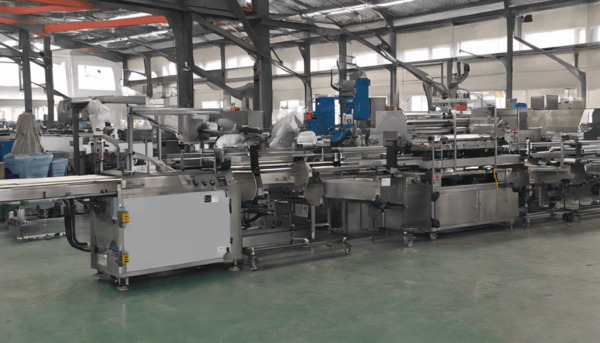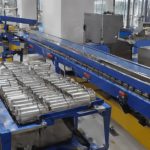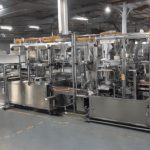
Understanding the Cost of Setting Up a Cardboard Factory
Establishing a cardboard factory involves a significant investment and requires careful planning and consideration of various factors. The cost of setting up a cardboard factory can vary widely depending on several key factors including location, size, production capacity, technology, and the specific type of cardboard products being manufactured. Below, we will explore these factors in detail to provide a comprehensive understanding of the potential costs involved.
1. Initial Capital Investment
The initial capital investment for a cardboard factory includes the cost of land, construction of the factory building, and the purchase of machinery and equipment. The cost of land will vary significantly based on the location, with urban areas generally being more expensive than rural areas. Construction costs will depend on the size of the facility and the quality of materials used.
Machinery and equipment are major components of the initial investment. The type of machinery required will depend on the specific products being manufactured, such as corrugated cardboard, paperboard, or carton boxes. High-capacity, automated machinery will be more expensive but can offer higher efficiency and lower labor costs in the long run.
2. Operational Costs
Operational costs include labor, raw materials, utilities, maintenance, and administrative expenses. Labor costs will vary based on the location and the level of automation in the factory. Highly automated factories may require fewer workers, reducing labor costs.
Raw materials, primarily paper and adhesives, are a significant ongoing expense. The cost of raw materials can fluctuate based on market conditions and supply chain factors. Utilities such as electricity, water, and waste management are also important considerations, as cardboard manufacturing can be energy-intensive.
3. Regulatory and Environmental Compliance
Compliance with local, state, and federal regulations is crucial for operating a cardboard factory. This includes obtaining necessary permits and licenses, adhering to environmental regulations, and ensuring workplace safety standards. Costs associated with compliance can include fees for permits, investment in pollution control equipment, and ongoing monitoring and reporting expenses.
4. Market and Economic Factors
The economic environment and market demand for cardboard products will influence the financial viability of a new factory. A thorough market analysis should be conducted to assess demand, competition, and pricing strategies. Economic factors such as inflation, interest rates, and currency exchange rates can also impact costs and profitability.
5. Technological Advancements
Investing in the latest technology can enhance production efficiency and product quality. However, advanced technology comes with higher upfront costs. The decision to invest in cutting-edge machinery should be balanced with the potential benefits of increased productivity and reduced waste.
Conclusion
The cost of setting up a cardboard factory is influenced by a multitude of factors, each contributing to the overall investment required. It is essential for prospective factory owners to conduct detailed feasibility studies and financial analyses to understand the specific costs and potential returns on investment. By carefully considering these factors, businesses can make informed decisions and strategically plan their entry into the cardboard manufacturing industry.





